When a motorcycle runs out of gas, the engine will shut off due to a lack of fuel supply. This can cause the rider to lose power and eventually come to a stop.
Running out of gas on a motorcycle is a situation most riders strive to avoid, yet it’s an occurrence that occasionally happens. The moment your motorcycle sputters to silence because the tank is empty, you’re immediately on alert. Your bike’s response might not be instant, but the decline in power is a clear indicator that you’re about to stall.
A motorcycle demands fuel to keep the engine running, and without it, you lose the ability to accelerate and maintain momentum. If you’re lucky, you’ll have enough residual speed to coast to a safe location. Riders must always monitor their fuel levels and plan refills ahead to prevent such scenarios. Being stranded aside, it’s essential to be aware that repeatedly running a bike’s fuel tank dry can lead to mechanical issues over time, as fuel not only runs the engine but also cools and lubricates the fuel pump in many models.

Credit: www.youtube.com
Early Warning Signs Of Low Fuel
Nothing halts a ride quicker than a motorcycle running out of gas. Knowing the early signs of low fuel can save riders from getting stranded. Here, we’ll explore the telltale symptoms every biker should be aware of.
Sputtering Engine Performance
An engine that starts to sputter is a clear signal. This happens because fuel supply is inconsistent. As the gas tank nears empty, the amount of fuel sent to the engine fluctuates. This causes the engine to jerk and sputter. It’s a sign to check your fuel level immediately. You might notice:
- Intermittent power during acceleration
- Sudden loss and regain of power
- Engine cut-out at low speeds
Fuel Indicator Lights And Gauges
Your motorcycle’s dashboard is your best friend in gauging fuel levels. Many modern bikes have indicator lights that alert when fuel is low. Traditional motorcycles come with fuel gauges. Pay close attention to:
| Fuel Indicator | Description |
|---|---|
| Light Indicator | A light that illuminates on your dash when fuel is low. |
| Fuel Gauge Needle | Watch as the needle moves towards the “E” symbol for empty. |
Don’t ignore these signs. Losing fuel is not just inconvenient, it can be dangerous. Act immediately, find a gas station, and keep your ride going! Check your bike regularly to avoid these problems. A simple glance can be the difference between a smooth ride and a call for help.
Immediate Effects Of Running Out Of Gas
Running out of gas on a motorcycle can lead to immediate effects. It’s not just an inconvenience. It can also cause harm to your bike. Let’s look at what happens in those first moments when your fuel gauge hits empty.
Loss Of Power And Propulsion
The moment your motorcycle runs out of fuel, the engine loses its main energy source. This causes a sudden loss of power. As a result, the motorcycle will begin to slow down until it comes to a complete stop. Here’s what to expect:
- Engine cutoff: The engine will stop abruptly.
- Lack of acceleration: Twisting the throttle won’t increase speed.
- Reduced control: Maneuvering becomes tougher as you lose speed.
Potential Damage To Fuel Pump
Most modern motorcycles have a fuel-injected engine with an electric fuel pump. Running out of gas can damage this pump. Without gas to cool and lubricate it, the pump can overheat. This can lead to expensive repairs. Keep in mind:
| Component | Risk When Running Out of Gas |
|---|---|
| Fuel Pump | Overheating and potential failure |
| Fuel Filters | Clogging from debris in the empty tank |
| Engine | Excessive wear from lack of lubrication |
It’s best to keep your tank filled and avoid these troubles.
On-road Safety Concerns
On-Road Safety Concerns are paramount when a motorcycle runs out of gas. Riders may face significant risks. A sudden stop due to an empty tank can lead to dangerous situations, especially on busy roads.
Decreased Control And Manoeuvrability
When the fuel runs dry, a motorcycle’s engine cuts out. This sudden loss of power affects the bike’s handling. With the engine off, the rider may struggle to steer or brake effectively. These are some outcomes of decreased control and manoeuvrability:
- Harder steering when the engine is not running
- Decreased braking efficiency without engine assist
- Loss of acceleration to manoeuvre out of harm’s way
Risk Of Accidents And Collisions
Risk of accidents and collisions increases when a motorcycle loses power. Riders may not be able to signal other drivers about their decreasing speed, which can lead to rear-end collisions.
| Possible Accident Types | Consequences |
|---|---|
| Rear-End Collision | Other vehicles may crash into the motorcycle from behind. |
| Side-Swipe | Difficulty in handling might result in drifting into adjacent lanes. |
Long-term Motorcycle Damage
Running out of gas can seem like a small setback. Long-term damage to a motorcycle is a real risk. This stress can harm the engine. Bikers need to know the risks.
Engine Wear And Tear
An engine without gas struggles.
- Friction Increases: Parts grind without fuel lubrication.
- Overheating: Engines may overheat, warping vital components.
- Components Fail: Stress on pumps and injectors can lead to failure.
Repeated run-outs amplify these effects, leading to a shortened engine lifespan.
Impurities And Air In The Fuel System
Running a tank dry pulls in more than just fuel.
| Problem | Impact |
|---|---|
| Impurities | Particles damage the fuel filter and injectors. |
| Air Pockets | They cause sputtering and poor engine performance. |
An empty system allows these contaminants that can lead to costly repairs.
Resolving The Situation
Resolving the Situation when your motorcycle runs out of gas can be a nerve-wracking experience. The right knowledge and steps ensure safety. This section guides you through safely stopping and finding fuel.
Safe Ways To Coast To A Stop
Motorcycles lack gas – your heart races. Stay calm. Safety is paramount. Here’s how to stop safe:
- Signal your intent to other road users immediately.
- Choose a clear path and avoid sudden movements.
- Gradually reduce speed using engine braking, if possible.
- Apply brakes lightly to avoid a sudden stop.
- Look for a level spot to park your motorcycle safely.
- Use your body to indicate a problem if blinkers fail.
Seeking Assistance And Refueling Options
Out of fuel? No worries. Help is at hand. Refueling options or assistance can get you back on the road.
| Assistance Type | Details |
|---|---|
| Phone a Friend | Contact someone close by for fetch a gas can. |
| Roadside Assistance | Membership with these services often covers fuel delivery. |
| Walking to a Station | Only if a gas station is nearby and it is safe to reach on foot. |
| Towing Services | If no other option is viable, a tow to the nearest station is sure. |
Remember, staying safe is key. Making the right decisions keeps both you and others out of harm’s way.
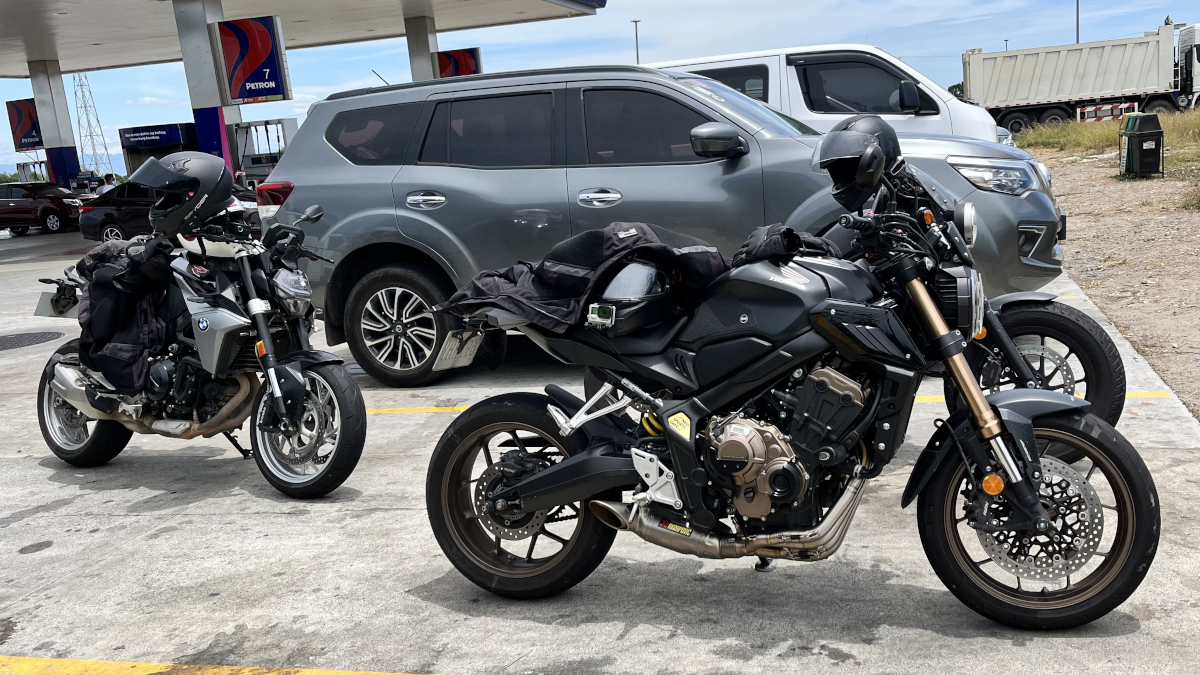
Credit: www.topgear.com.ph
Preventative Measures
Staying one step ahead is key to avoiding the complete standstill of a motorcycle due to an empty gas tank. Those moments of oversight can lead to frustrating or even dangerous situations. Let’s dive into some effective practices that can ensure your ride remains fuelled and ready to roll.
Regular Fuel Level Checks
Keeping a watchful eye on your fuel gauge can save the day. Like brushing your teeth daily, checking your motorcycle’s fuel level should be a habitual act. It’s a simple step that takes mere seconds but can prevent hours of inconvenience.
- Before every ride, glance at the fuel meter.
- Plan your fuel stops on longer journeys.
- Understand your bike’s mileage to estimate refueling times.
Carrying A Reserve Fuel Container
Having extra gas is like carrying a peace of mind. A small investment in a reserve fuel container can ensure you’re not left stranded. Its presence is a critical backup when gas stations are sparse.
- Choose an approved fuel container that fits your bike’s storage.
- Keep it secure and upright to avoid spills.
- Refill the container with fresh fuel regularly.
Bold measures like these safeguard against the hassle of running out of gas and maintain the joy of the ride.
Smart Riding Habits
Smart Riding Habits can mean the difference between a smooth journey and a frustrating roadside wait. Bikers know the dread of a sputtering engine when the fuel tank hits empty. To keep the ride going strong, a solid plan and understanding of your motorcycle’s needs are essential. Let’s gear up and explore how to stay ahead of the game.
Planning For Fuel Stops
Never get caught off-guard on your motorcycle adventures. It’s not just about knowing your destination but also where to refuel along the way. Here’s how to plan effectively:
- Map your route: Use tools or apps to spot fuel stations on your path.
- Consider tank size: Know your motorcycle’s range and plan stops within it.
- Stay flexible: Keep an eye on fuel levels and adapt if needed.
Awareness Of Fuel Consumption Rates
Each bike drinks fuel differently. Understanding your motorcycle’s thirst helps avoid empty-tank scenarios. Mind these factors:
| Riding Style | Fuel Economy |
|---|---|
| Aggressive | Lower MPG |
| Conservative | Higher MPG |
- Track your mileage to know the bike’s range.
- Monitor the impact of speed and acceleration on fuel use.
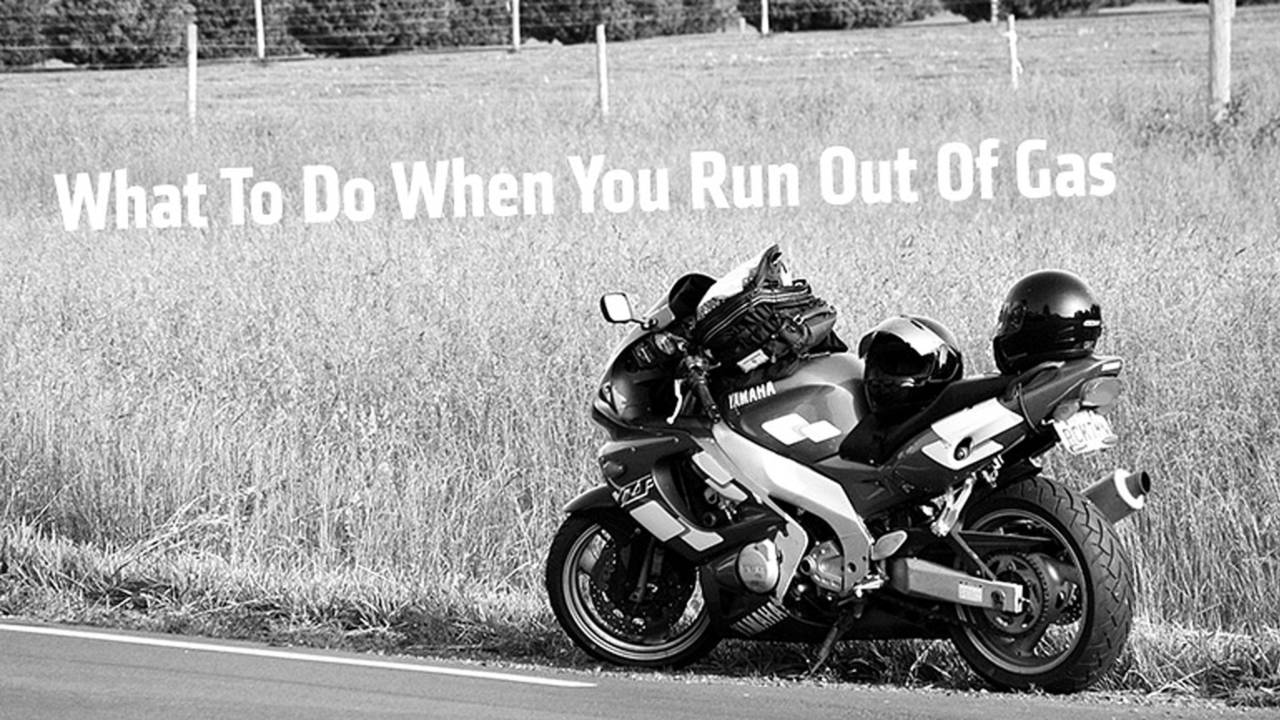
Credit: www.rideapart.com
Tools And Technology To Help
Running out of gas on a motorcycle can be more than just an inconvenience. It can be a serious roadblock to your journey. But with modern tools and technology, riders can avoid this issue. There are several innovations designed to keep you informed and avoid running on empty. Let’s explore some tech that every biker should consider.
Fuel Monitoring Apps
Smartphones can now save the day with fuel monitoring apps. These apps track your fuel levels in real time. You can see how much gas you have left and how far it will take you. They often come with additional features like finding the nearest gas station. Here’s what to look for:
- Real-time updates on your fuel status
- Estimations of remaining mileage
- Alerts for low fuel
- Maps highlighting nearby gas stations
Aftermarket Fuel Gauges And Alarms
Not all motorcycles come with built-in fuel gauges. In such cases, aftermarket fuel gauges can be a game changer. Alarms are another tool that can signal when fuel is low. These devices can be installed on your bike to give you a heads-up. Let’s dig into their benefits:
| Tool | Benefit |
|---|---|
| Fuel Gauges | Provides a visual indicator of fuel levels |
| Alarms | Sounds an alert when fuel is critical |
Frequently Asked Questions For What Happens When Motorcycle Runs Out Of Gas
What Are Signs Of Low Motorcycle Gas?
When your motorcycle is low on gas, you may notice power loss, inconsistent acceleration, sputtering, or the engine may hesitate. An illuminated fuel indicator or reserve switch engagement is a clear sign that it’s time to refuel.
Does Running Out Of Gas Damage Motorcycles?
Running out of gas can potentially damage a motorcycle. It may cause the fuel pump to overheat or introduce air into the fuel system. These issues could lead to costly repairs if the motorcycle isn’t refueled promptly and properly.
How Far Can Motorcycles Go On Reserve Fuel?
The distance a motorcycle can travel on reserve fuel varies by model, but typically it’s between 25 to 50 miles. It’s meant as a warning to find a gas station soon and should not be relied upon for regular travel.
What To Do If Motorcycle Runs Out Of Gas?
If your motorcycle runs out of gas, switch to the reserve tank if available, and head to the nearest gas station. If you’re stranded, safely push the bike to a safe location and arrange for fuel delivery or transport.
Conclusion
Running out of fuel on a motorcycle is more than an inconvenience; it’s a call to ride prepared. Keep your tank checked, and essentials handy to avoid being stranded. Remember, an empty tank not only halts your journey but can also risk engine health.
Ride smart, fuel smart, and stay untroubled on the open road.
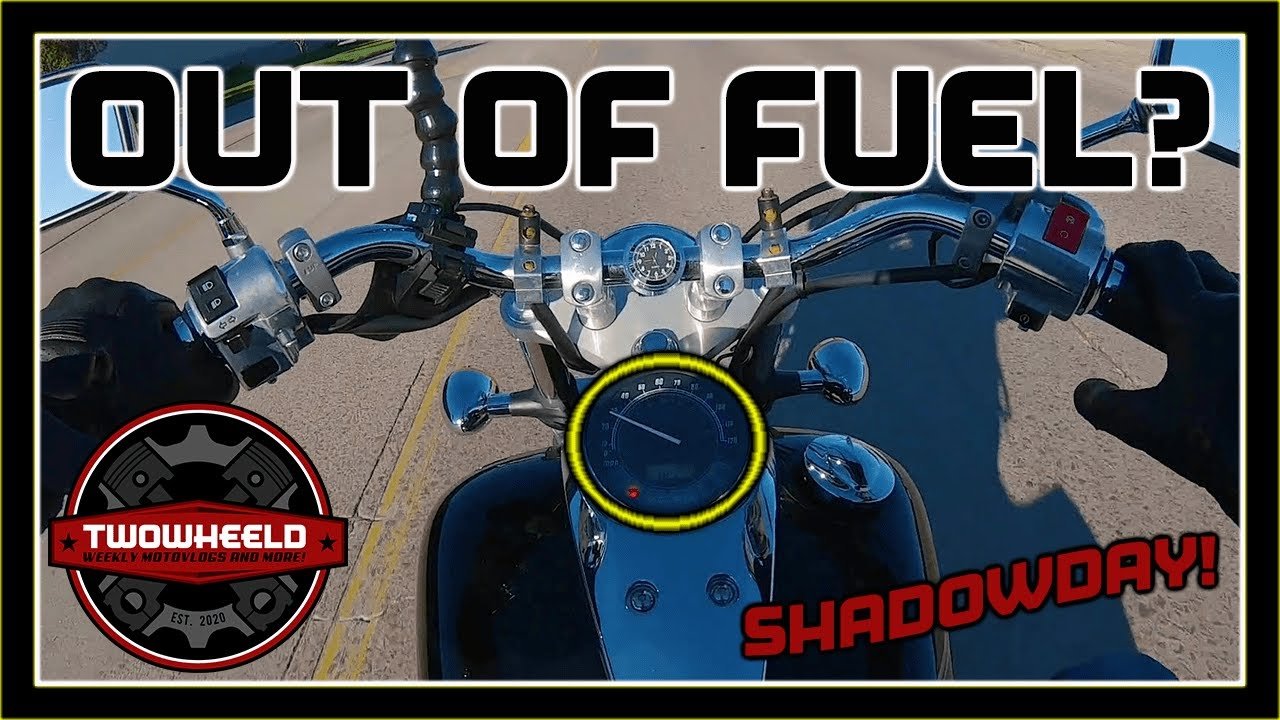
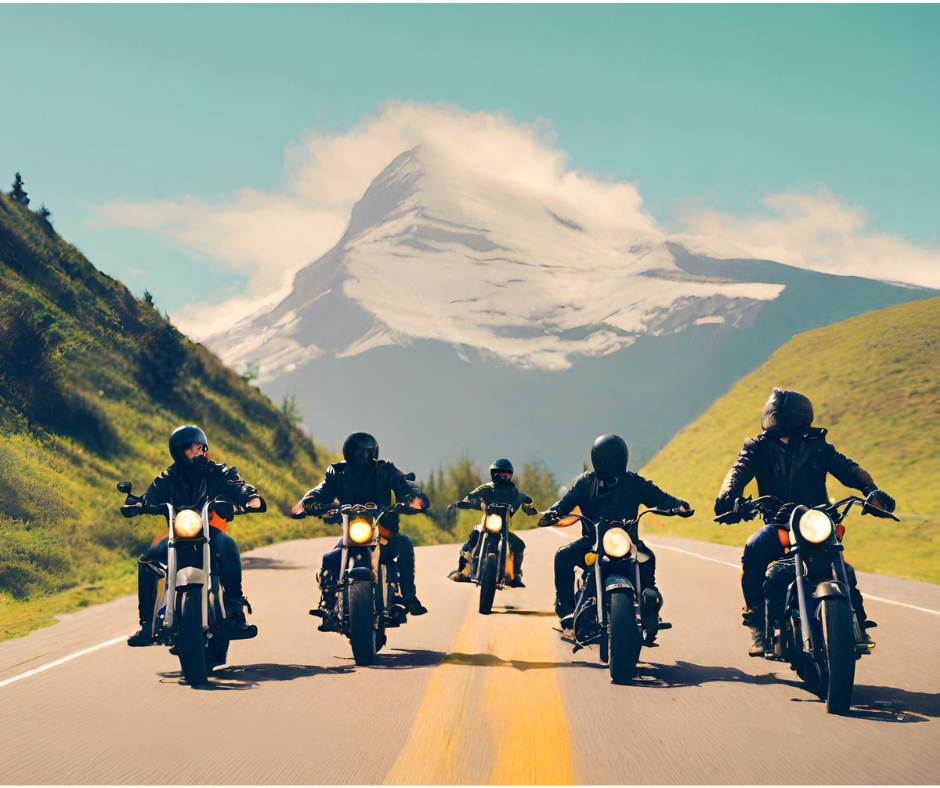
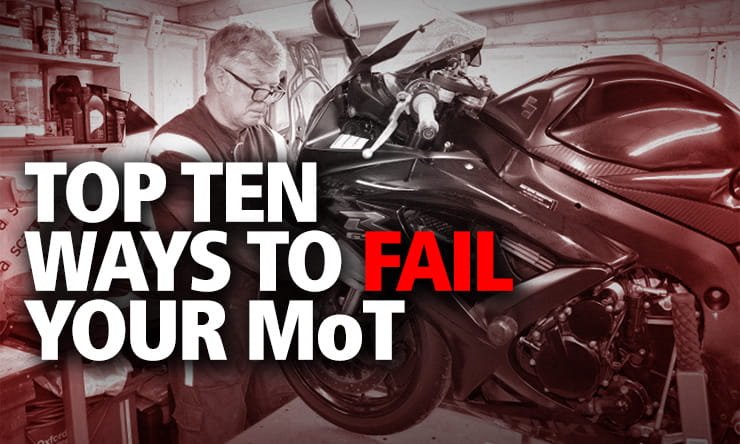
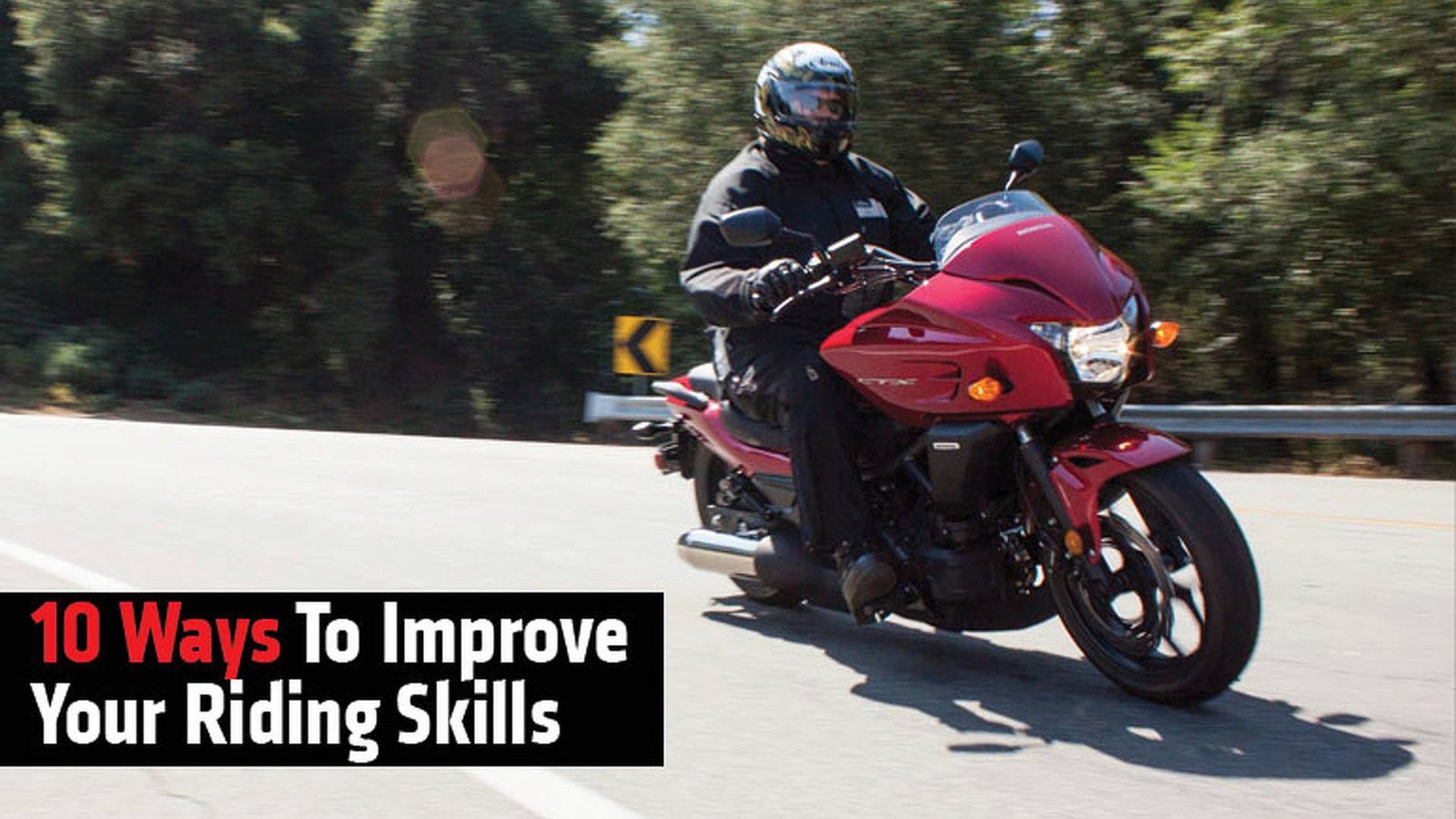
Leave a Reply